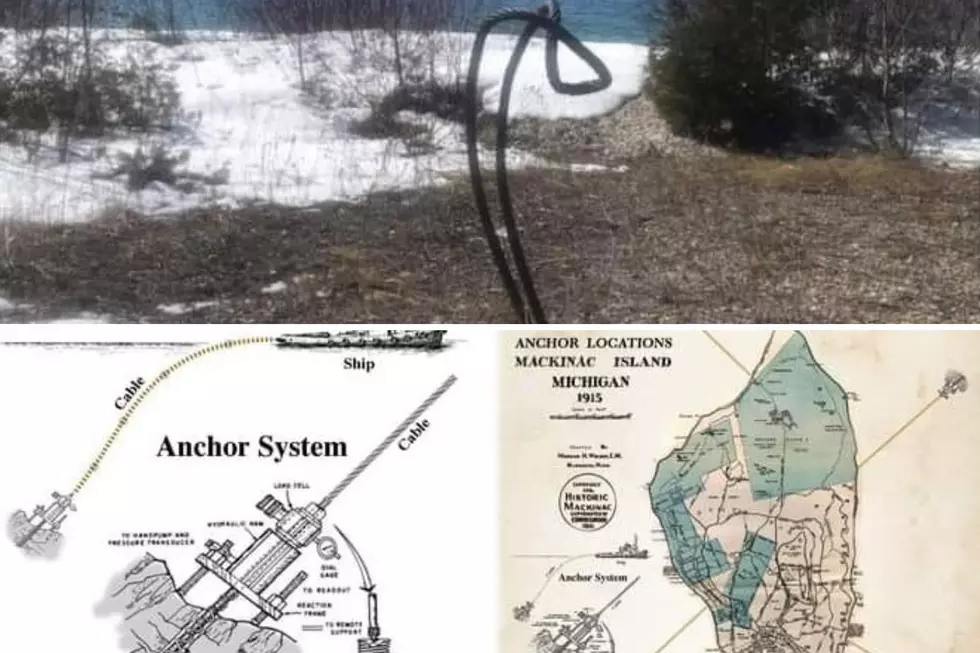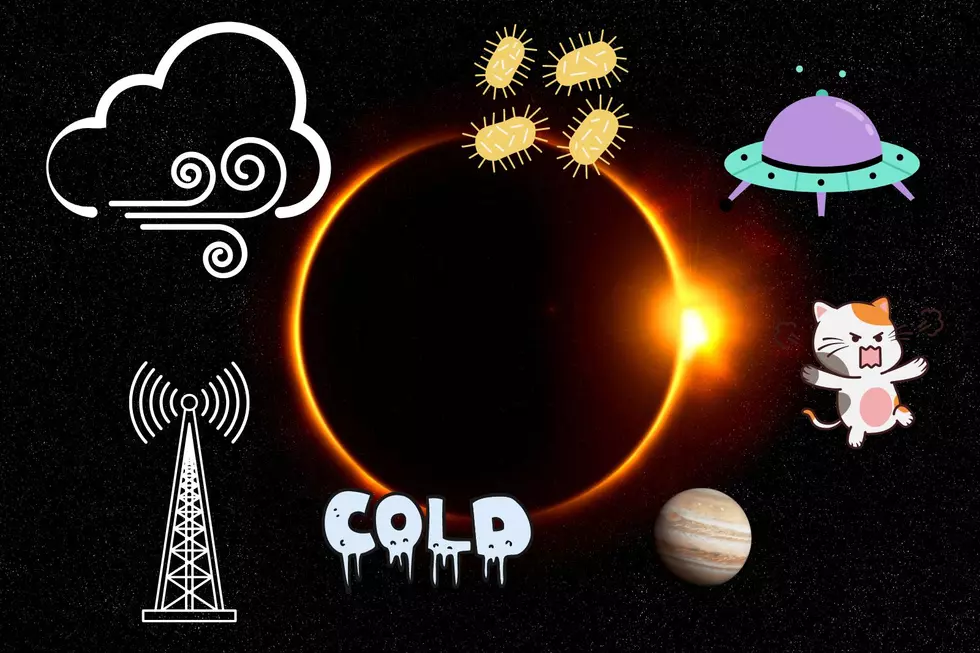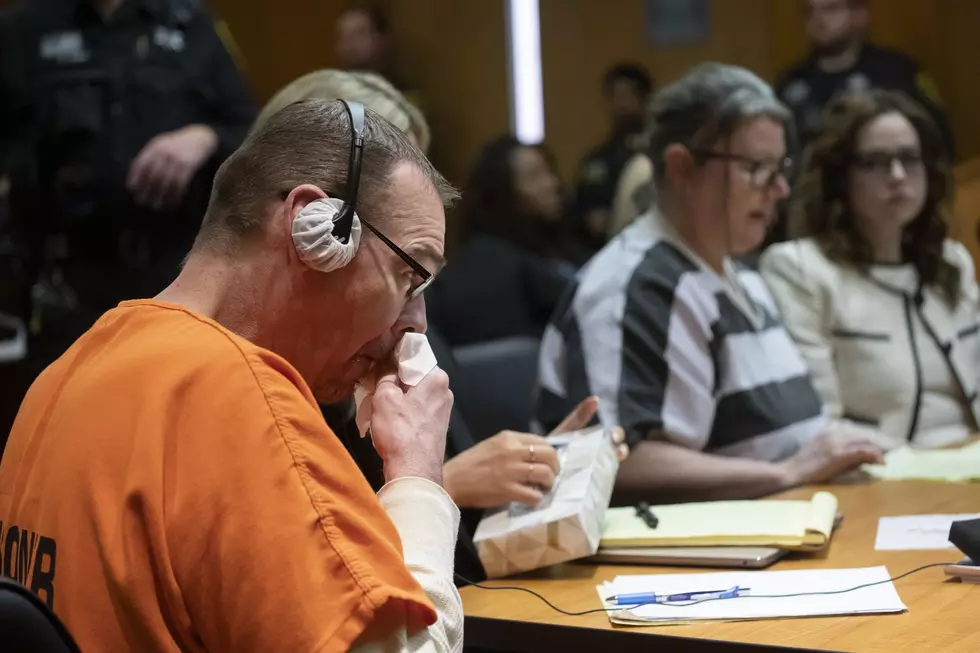![Today Marks The 50th Anniversary of The Apollo 1 Fire, Which Claimed The Life of Grand Rapids Astronaut Roger Chaffee [Video]](http://townsquare.media/site/43/files/2017/01/5577122271.jpg?w=980&q=75)
Today Marks The 50th Anniversary of The Apollo 1 Fire, Which Claimed The Life of Grand Rapids Astronaut Roger Chaffee [Video]
When touring the Smithsonian Air and Space Museum, there is a replica of the Apollo capsule used to fly men to the moon. In this age of technology, I noticed how primitive the capsule appeared. It also made it painfully obvious that there was little room for error when trying to escape from it in an emergency.
Which brings us to the tragic event of January 27, 1967.
"You'll be flying along some nights with a full moon. You're up at 45,000 feet. Up there you can see it like you can't see it down here. It's just the big, bright, clear moon. You look up there and just say to yourself: I've got to get up there. I've just got to get one of those flights." -Roger Chaffee
Up until January 27, 1967, the US Space Program had been remarkably free of tragedy, having flown 16 manned missions into space without loss of life. That all changed on that fateful day in Florida.
While training for the first three man space flight, the first mission in the Apollo series, which would culminate in the first manned moon landing, Gus Grissom, Ed White, and Grand Rapids' own Roger B. Chaffee were killed when a flash fire consumed the small capsule.
According to Space.com the tragic events played out quickly:
As the crew went over their checklist inside the module, suddenly, the spacecraft's interior became engulfed in flames. Heat caused the air pressure inside the spacecraft to rise, making it impossible for the astronauts to open the hatch, which was designed to open inward. After about 30 seconds, the spacecraft ruptured. NASA's ground crew tried desperately to rescue the astronauts, but they died of asphyxiation before rescuers were able to get them out of the spacecraft.
That stray spark appeared to have originated in a bundle of wires. But that was only the beginning of a series of critical mistakes that led to the fire; far more concerning was the abundance of flammable materials inside the spacecraft. Arguably the biggest mistake they made was to fill the air with pure oxygen rather than a mix of oxygen and nitrogen like the air of Earth's atmosphere. Pure oxygen is extremely flammable. Top that off with combustible materials — including Velcro, nylon netting, foam pads and bundles of wiring — and you have "fuel for a 100 percent oxygen environment," NASA historian Roger Launius told Space.com.
Grissom had continually expressed his reservations about the capsule during training, even at one point picking a lemon from his back yard and placing it on the spacecraft in a show of protest.
Many feel political pressure to beat the Soviets to the moon made NASA push the Apollo project along faster than it should have. The lessons learned from the tragic fire made the next missions safer, but the cost was high.
Roger B. Chaffee was a local legend. A graduate of the old Central High School, Chaffee turned down an opportunity to go to the Naval Academy to study at the Illinois Institute of Technology. He later transferred to Purdue University, where he graduated in 1957. He then became a Navy pilot and was selected for the space program in 1962.
Chaffee worked for NASA ground control during the two man Gemini missions, and the Apollo flight was to have been his first venture into space.
Chaffee is buried near Grissom at Arlington National Cemetary. White is interred at West Point.
In his memory, a crater on the moon was named after him, and locally, both a street and a planetarium bear his name. A scholarship fund named after him continues to honor exceptional math and science students in the Kent Intermediate School District with college funding.
Another memorial is a hill on Mars, Chaffee Hill, 14.3 kilometres (8.9 mi) south-southwest of Columbia Memorial Station, part of the Apollo 1 Hills.
More From 97.9 WGRD









